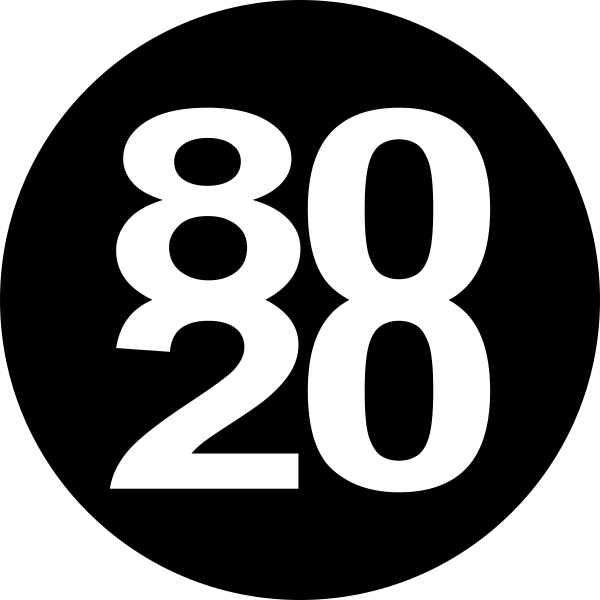80/20 Rule in
Inventory Management
The 80/20 rule, also known as the Pareto principle, is a concept that states that 80% of consequences come from 20% of the causes. In the context of inventory management, this principle can be applied in several ways to help businesses make more efficient and effective decisions about their inventory. Here are some examples of how the 80/20 rule can be applied in inventory management:
- Identifying top-selling items: By analyzing sales data, businesses can determine which items make up the majority of their sales and focus on stocking and promoting these items. These items are often referred to as "bread and butter" items and make up the 20% of inventory that drives 80% of sales.
- Determining which items to stock: By analyzing data on the frequency and size of orders for each item, businesses can identify which items are most in demand and prioritize stocking these items. This can help to reduce excess inventory and improve cash flow.
- Setting reorder points: By analyzing data on the demand for each item, businesses can set reorder points that ensure they have enough inventory to meet customer demand without holding too much excess inventory. This can help to avoid stock-outs and reduce waste.
- Managing slow-moving inventory: By identifying slow-moving items, businesses can make more informed decisions about how to handle these items. This may include discontinuing the item, reducing the quantity held in inventory, or finding ways to increase demand for the item.
- Identifying opportunities for cost savings: By analyzing data on the cost of each item, businesses can identify opportunities to negotiate better prices with suppliers or find alternative sources for the items. This can help to reduce costs and improve profitability.
- Determining inventory carrying costs: By analyzing data on the cost of holding and storing inventory, businesses can determine which items make up the majority of these costs. This can help to identify opportunities to reduce inventory carrying costs, such as by reducing the quantity of low-demand items or finding more efficient storage solutions.
- Analyzing demand patterns: By analyzing data on the demand for each item over time, businesses can identify patterns in demand and use this information to better forecast future demand. This can help to improve inventory accuracy and reduce excess inventory.
- Prioritizing inventory turns: By analyzing data on the rate at which inventory is sold, businesses can identify which items have the highest inventory turns and prioritize stocking these items. This can help to improve cash flow and reduce the risk of obsolescence.
- Managing seasonality: By analyzing data on the demand for each item during different seasons, businesses can identify which items are most affected by seasonality and plan their inventory accordingly. This can help to reduce excess inventory and improve profitability.
- Reducing stock-outs: By analyzing data on the demand for each item and the lead time for restocking, businesses can set reorder points and safety stock levels that help to reduce the risk of stock-outs. This can help to improve customer satisfaction and increase sales.
Overall, the 80/20 rule can be a useful tool for inventory management by helping businesses to focus on the most important items and make data-driven decisions about their inventory. By applying this principle, businesses can improve efficiency, reduce waste, and increase profitability.
Link copied to clipboard!
